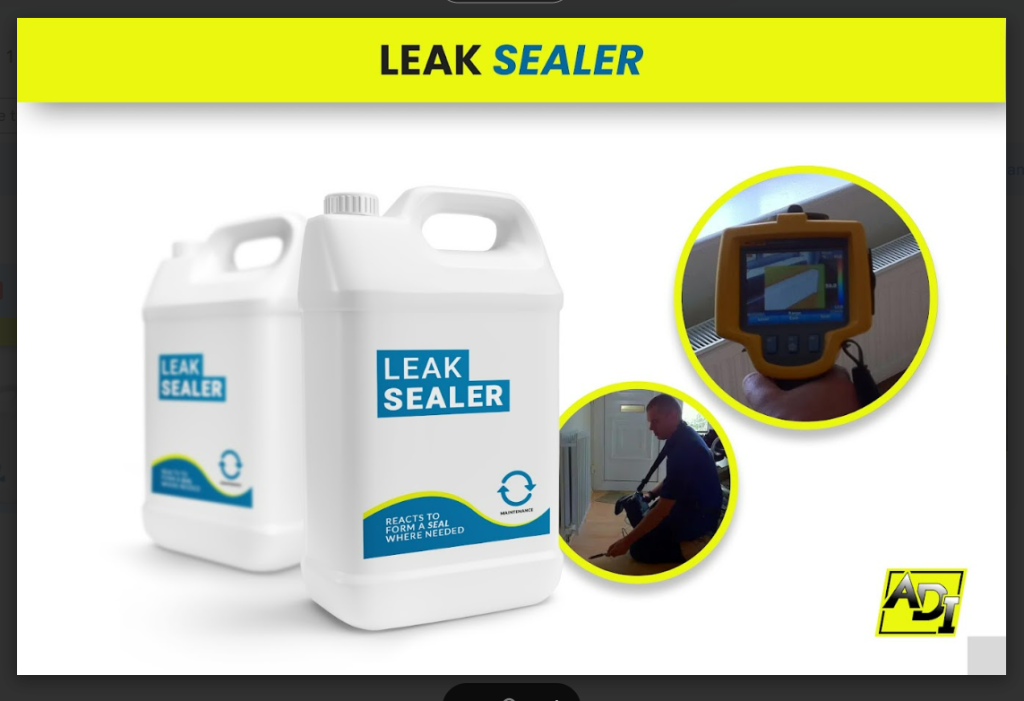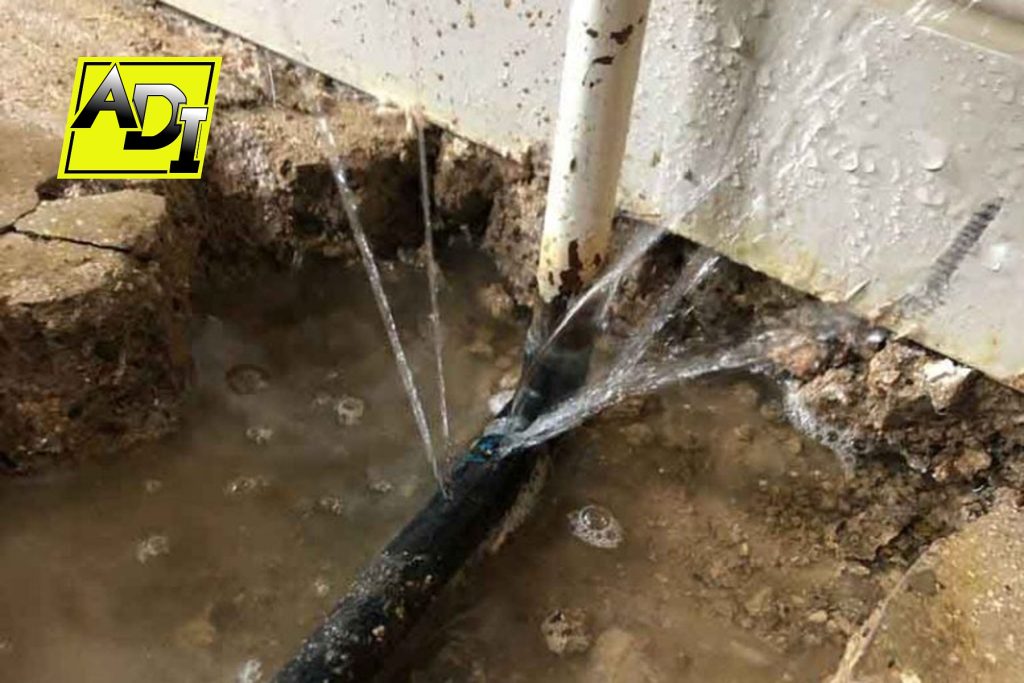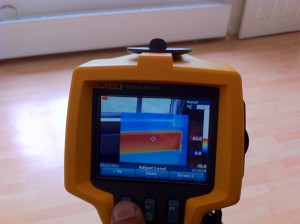Central Heating Leak Sealer: What You Should Know Before Using It!
The best solution when you have a heating leak is to have a plumber locate & repair the source of the leak. Our engineers use non-invasive technology to find central heating leaks.

How Does Leak Sealant Work?
Leak sealer stops micro leaks in central heating systems by creating a polymer seal over pinhole leaks in the copper pipes of a central heating system.
Leak sealer is added to the central heating system. The sealant solution is poured into the header tank or by pouring it into the top of a towel radiator.
The solution mixes with the water in the pipes and radiators.
The sealant begins to leak from the leak location and reacts with oxygen. The chemical reaction begins to block the leak on the surface of the pipe.
The sealer creates a seal over the leak preventing further water loss and water damage

How To Add Leak Sealer To A Central Heating System
1) Turn off the central heating system. Make sure that your boiler is shut down and your central heating is switched off.
2) Shut off the water supply line to your central heating system. This will prevent any further water damage or flooding in case of a leak.
3) Drain the entire system. To do this, locate the drain valve at the bottom of your boiler or lowest radiator and open it up. Allow the system to completely empty out before proceeding to the next step.
4) Mix the leak sealer according to the instructions on the package. Make sure to read the directions carefully to ensure proper mixing ratios.
5) Add the leak sealer mixture into the main return line of the system. Start by pouring a small amount of the mixture into the pipe and observing how it moves through the system. If everything looks good, then continue to add the rest of the mixture until the desired amount is reached.
6) Re-fill the central heating system with clean water. Once the leak sealer has been added, turn the water back on and allow the system to fill up with clean water.
7) Turn your boiler back on and start your heating system again. Once the system is filled you should then bleed all of the radiators.
What About Radiator Leak Sealant?

Anyone who has ever had to bleed a radiator knows that there is and always will be air in a central heating system. This air and the air in the air valves in the boiler activate the sealant, which can create further problems, leaks, and other issues, which can be significantly more expensive to repair in the long term.
The most common issue is that where there is a leak in the system caused by the leak sealant, that the rust inhibitor becomes diluted, which, as the name suggests, leads to rust forming. Oxidisation then happens, which in turn produces a gas that generates a chemical reaction with the sealant.
Small amounts of debris settle in the radiators due to this reaction, which then makes them partially block, leading to inefficiency and other problems.
What Is The Worst-Case Scenario When Using Leak Sealer?
Hopefully, the explanations above will have made you recognise and understand the false economy of using a leak sealant in your central heating system. However, if you are still tempted, let’s look at another potential problem with these types of products. What happens if the size of the leak is too big for the amount of leak sealant?
Now the owner is faced with the issue that their central heating system is still leaking but additionally is now filled up with sealant, which exacerbates the problem. In this situation, the only solution is to have the entire system flushed, which, interestingly enough, costs as much if not more than fixing the leak properly would have cost in the first place. And then, the leak still needs to be fixed, in effect doubling the cost of the entire process.
If Leak Sealants Are Such A Poor Product, Why Are They Still Available To Purchase?
In our opinion, adding leak sealer is a recipe for disaster and one that we personally would never recommend. We have, after all, seen the damage caused by these products.
However, there may be some advantages to using these types of products in certain very limited situations. If you have a very minor leak, which can be topped up every month or so rather than every few hours or days, then a leak sealant product applied close to the source of the leak might be a reasonable solution.
However, in our opinion, even this is flirting with potential disaster, it might work for a short period of time, but eventually, the problem will need to be fixed properly. Adding leak sealants are at best a quick and temporary fix, and financially nothing other than a false economy.
ADI – The Professional Central Heating Leak Detection Company

We have been in business for many years and have the knowledge, experience, and expertise to find the leaks in your central heating system, regardless of their size.
The biggest problem with a central heating leak is locating the problem. Once ADI has sourced the leak for you, then any plumber can quickly and efficiently fix the problem properly and with the minimum of fuss.
If you want to resolve your central heating problem quickly, and at the first time of asking, then call the experts at ADI today on 0800 731 3843. This could well be one of the most important calls you ever make.








